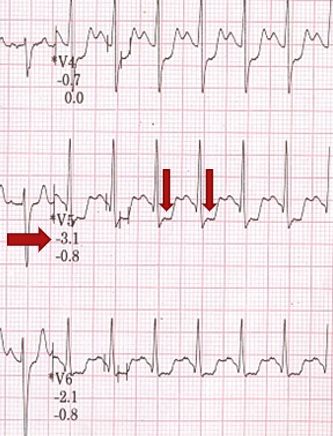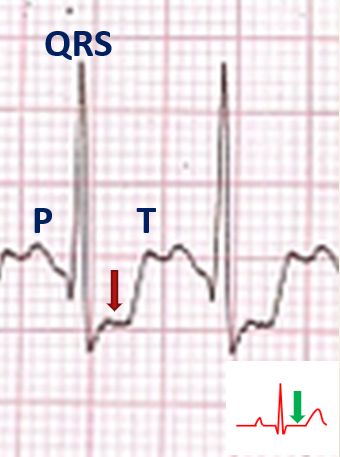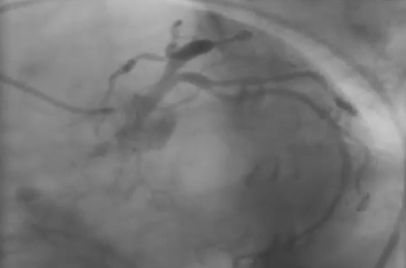Treadmill Exercise ECG
Treadmill Exercise ECG
Treadmill exercise ECG is also known as treadmill test, TMT and stress ECG. Treadmill Exercise ECG is usually done with a computerized treadmill unit which controls the motor speed of the treadmill as well as monitors the ECG. Speed and slope of the treadmill platform increases stage wise. The person is asked to walk in a relaxed manner, after an initial test run at low speed. Any symptom during the test has to be informed to the attending personnel. Chest pain and breathlessness are important symptoms. A red emergency stop button is provided in front of the person. ECG is recorded periodically during the test in addition to documenting any specific events like an abnormal heart rhythm. Test may be stopped if an abnormal heart rhythm occurs or if the ECG changes are quite significant. If the test is done for detection of disease, the individual should be off medications. But if it is for assessment of effort tolerance while on treatment, it may be done on medications. Though various protocols like Naughton and ramp protocol are in vogue, the popular one is Bruce protocol. There is also a Modified Bruce protocol for those with lower functional capacity. Each protocol differs in speed and slope of the treadmill. Standard Bruce protocol has seven 3 minute stages. In stage I the gradient is 10% and it rises 2% per stage. The starting speed is 1.7 mph and increases in increments of 0.8 to 0.9 mph per stage. In Modified Bruce protocol, stage 1 has a gradient of zero and stage 2 a gradient of 5%. Speed is the same in the first 3 stages of Modified Bruce protocol (1.7 mph). Stage 3 of Modified Bruce protocol is equivalent to Stage 1 of standard Bruce protocol. Further stages are similar to Bruce protocol, though the number of the stage will be higher by a magnitude of 2. Treadmill exercise test ECG series starts with the pretest ECG and recordings in every stage of exercise and recovery phase. Heart rate increases as the stage advances.

In this recording at peak exercise, changes are seen as ST segment depression, measured by the machine as -3.1 mm. This is taken as a positive test.

Magnified view of ECG illustrating the waves in the ECG: P, QRS, T and ST segment in ECG. In the normal ECG pattern shown in the inset, ST segment is at the same level as the baseline of the ECG.

Those with a positive test will be considered for X-ray imaging of blood vessels of the heart by a test known as coronary angiography. ECG changes occurring in earlier stages of exercise have more significance. ECG changes occurring in recovery phase are also important. More severe ST segment depression and those persisting longer have higher relevance.
Treadmill room is equipped with emergency medications and machines. The person is closely observed during the test and for a variable period after that till ECG changes if any have normalized. In the rare case of any major emergency, the person may be hospitalized and monitored in an intensive care unit.



